#LovingDay: How the Lovings’ trials paved the way for today’s multiracial families
- Share via
Today marks the 50th anniversary of the landmark Supreme Court case that unanimously knocked down state bans on interracial marriage. We are revisiting the stories our readers shared with us last year.
I like to say that I am because of Loving. Mildred and Richard Loving.
In the early 1970s when my parents met, the only laws that really mattered in their relationship were the laws of attraction. But in 1958 when Mildred and Richard married, interracial marriage wasn’t just complicated, it was illegal. Since they couldn’t get married in their home state of Virginia (or 24 other states), they went to the District of Columbia and were wed on June 2, 1958.
Back in Virginia, they were convicted and sentenced to a year of jail for the “crime” of marrying outside their races. That is, unless they agreed to a different sentence: Leave the state, not to return for 25 years.
But that wasn’t the end of their story. With the help of the ACLU, they challenged the law in the U.S. Supreme Court in Loving vs. Virginia. And in 1967, the court ruled unanimously that state bans on interracial marriage were unconstitutional.
Reader submissions: Here's what Loving looks like today »
Justice Earl Warren wrote the majority opinion, highlighting marriage as one of the “basic civil rights of man.” The decision would be used in arguments supporting same-sex marriage decades later.
About 13 years ago, Loving Day grew out of a graduate thesis project by graphic designer Ken Tanabe. It has become a celebration of that landmark decision and of multicultural identity.
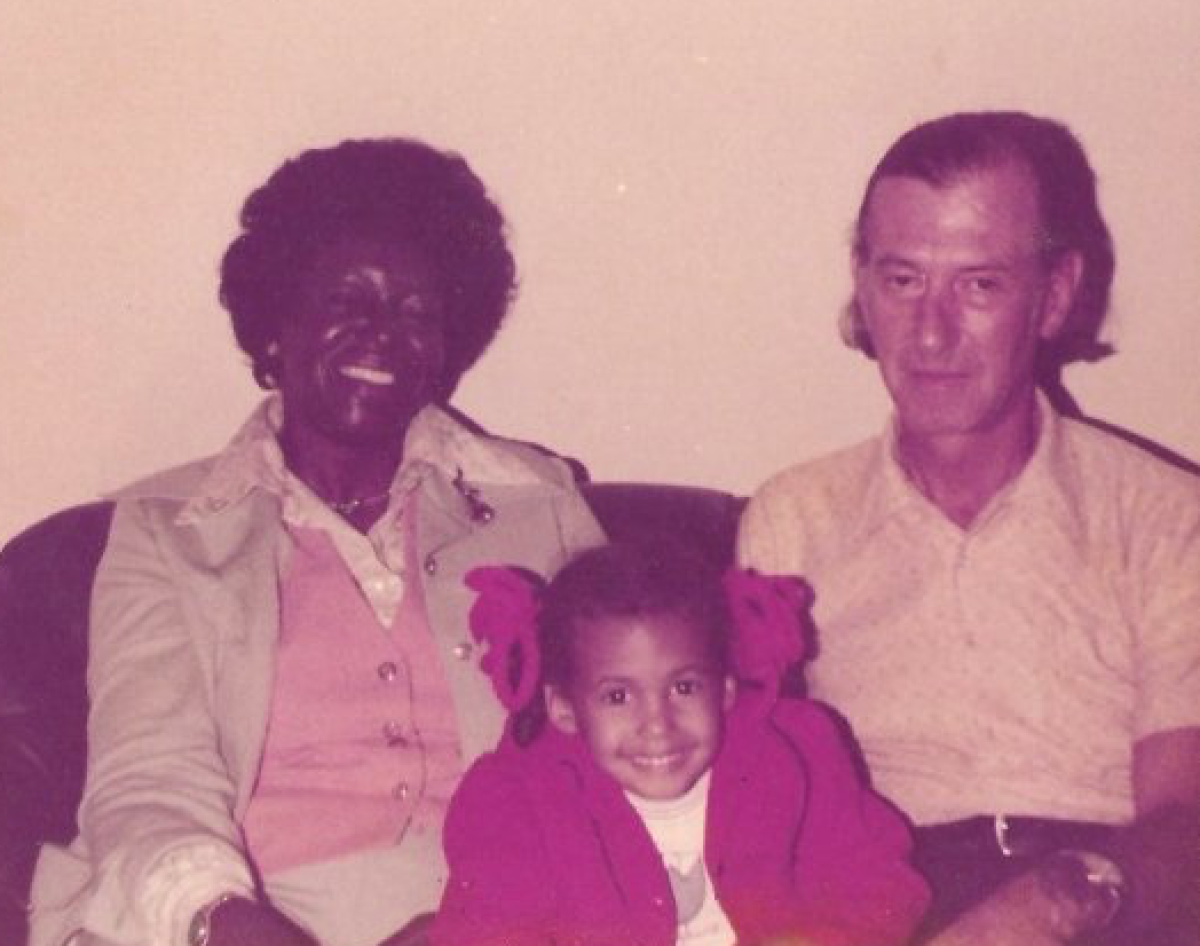
SHARE: What's your Loving Day story? »
My own “Loving” story started in the early ’70s in Palm Desert, Calif. At that time, no one else in my neighborhood — or in my school — looked like me. No one’s family looked like mine.
Was California in the early 1970s anything like the South of the ‘50s and ‘60s? Not at all.
That said, it also wasn’t perfect when I was growing up. Mom was on occasion mistaken for my nanny. And later I was mistaken for my father’s nurse. Those kinds of slights came and went. Eventually, they didn’t even warrant an eye roll, but got a knowing smile between us.
Many things have changed since my childhood in the '70s and ‘80s. As I raise a family with my biracial husband, we see our kids encounter more kids who look like them.
In fact, there are millions of us, couples and their children, who exist because of the Lovings. The 2010 census revealed that 15% of all newlyweds in the U.S. were interracial or intercultural couples.
In honor of the 49th anniversary of Loving vs. Virginia, we have been inviting readers to share their stories. (And you can share yours, too.)
Here’s a selection so far:
My father often told us to 'Marry for love — and only for love.'
— Delia Douglas, board member of Multiracial Americans of Southern California
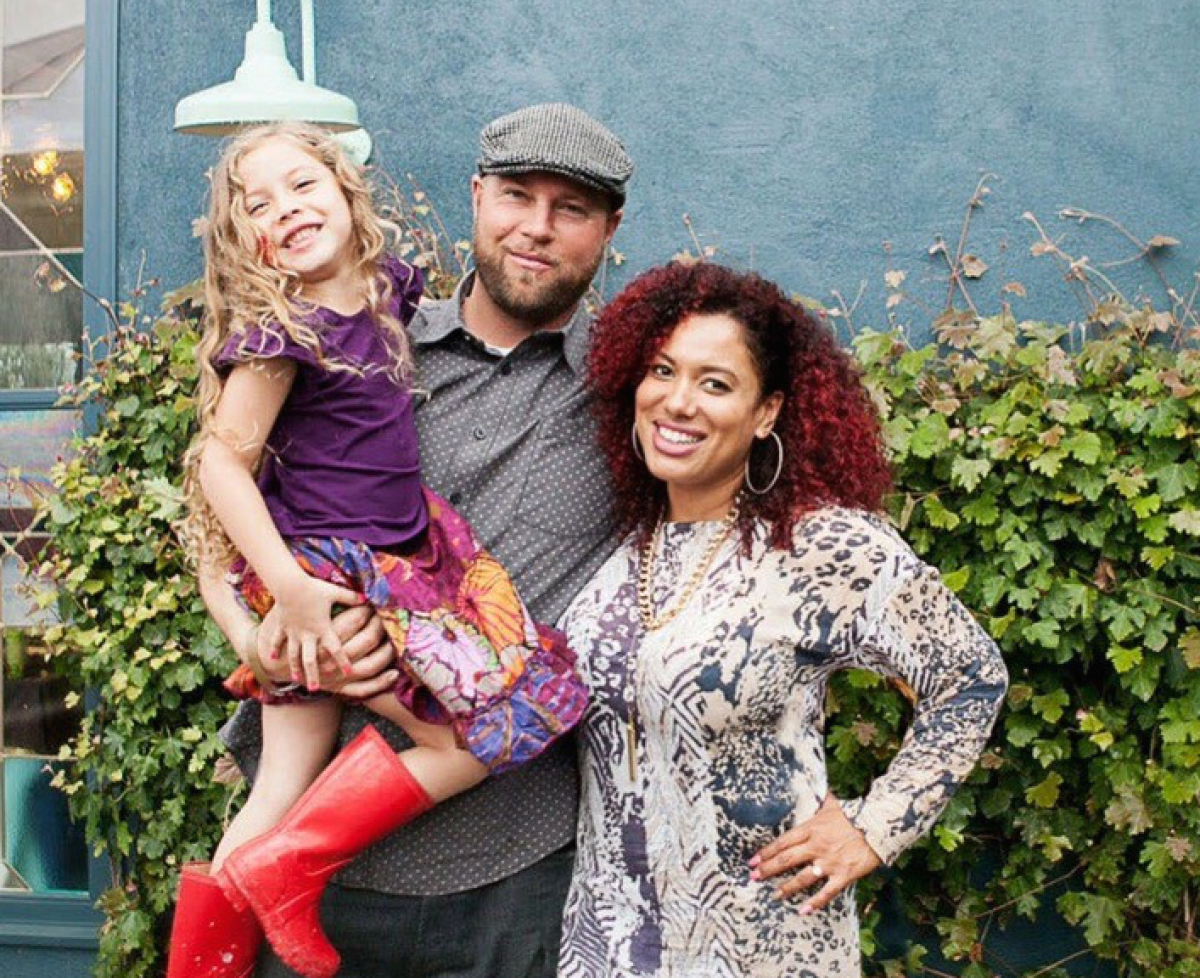
My parents were the first interracial couple to marry and move to the North Hollywood neighborhood now known as the NoHo Arts District. The year was 1972 and the Southern California suburb probably considered itself to be rather open-minded because there were a lot of “studio” people living there. However we are told that local residents had taken up a petition to prohibit my parents from moving in to the neighborhood. By the time me and my brother arrived those same neighbors had a change of heart and were happily delivering gifts, flower bouquets, and baked goods as a warm welcome to the expanding family. On that neighborhood block I made childhood friendships that are still in existence to this very day.
My father often told us to “Marry for love — and only for love.” And I did just that. I met, fell in love with, and then married my dear husband William. Ironically, prior to meeting, William and I lived within a mile radius of each other in 3 different cities, 3 different homes. One of which was that little house in NoHo. Nowadays we are living and loving in Venice. Eternally grateful for Loving, without it we would not be.
I owe so much to Mildred and Richard and thank them for their courage.
— Eshon Allen
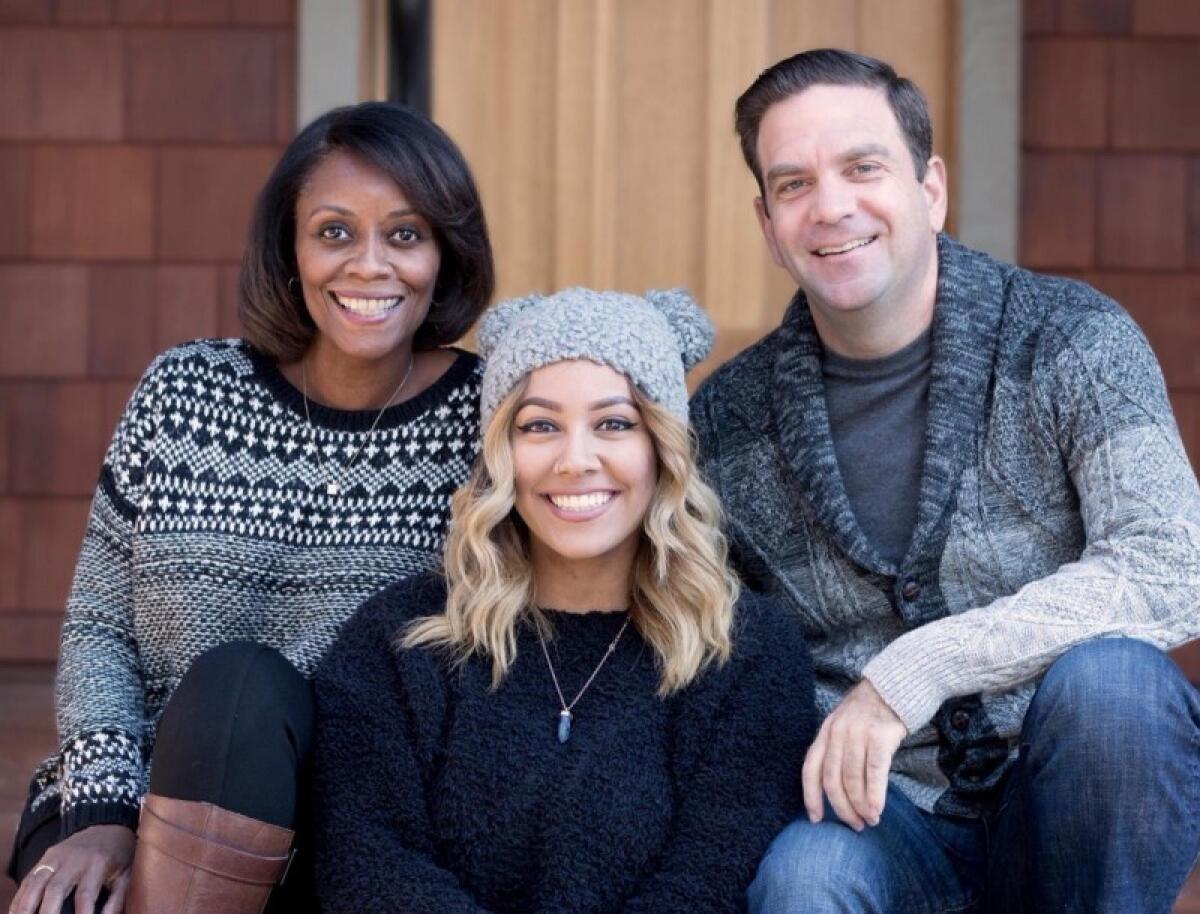
#MyLovingDay means that me and the man I love and the beautiful daughter we’ve raised are not things to hide or be ashamed of, but a union to celebrate as a loving part of society. I think about Mildred and Richard Loving quite often, especially when we get stares in the streets or surprised reactions from restaurant hostesses (“oh you two are together!”), and I feel fortunate that those minor embarrassments are the least of my worries. I think about the Lovings being jailed, ridiculed and humiliated and it grieves me. But it also makes me stand taller and prouder, inspires me to grab the hands of my family even tighter and rejoice in the beauty of what we have created. I owe so much to Mildred and Richard and thank them for their courage.
Love changes you.
— Brittany Muddamalle, founder of the Almost Indian Wife blog
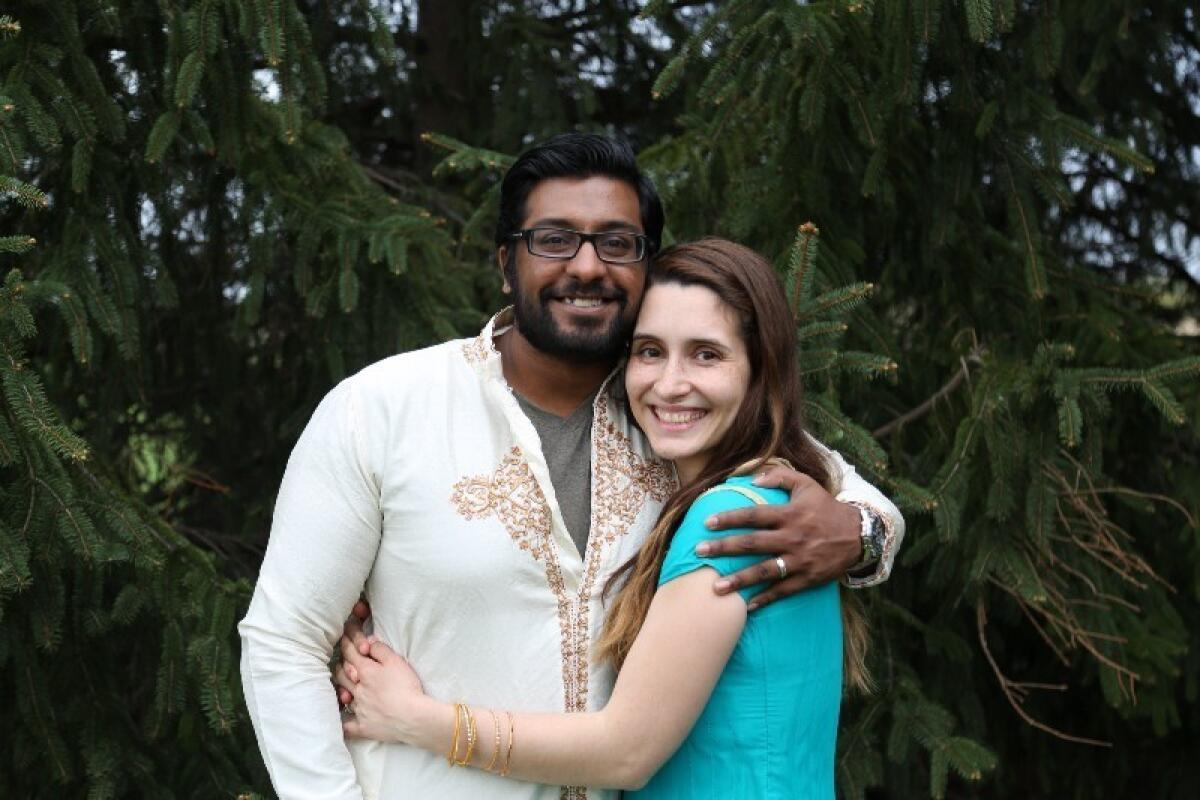
My marriage has taught me that love changes you. It makes you a better person, it makes you want to fight for each other, and it gives you the strength to conquer anything.
It’s because of that love that the Lovings were willing to challenge everything they knew. They believed their love was worth fighting for and it’s because of that courage that my multiracial family can proudly walk the streets, hand and hand.
Every day, I am forever grateful for the love my Nana and Papa had for their own daughter ...
— Rachel Truman Jennings
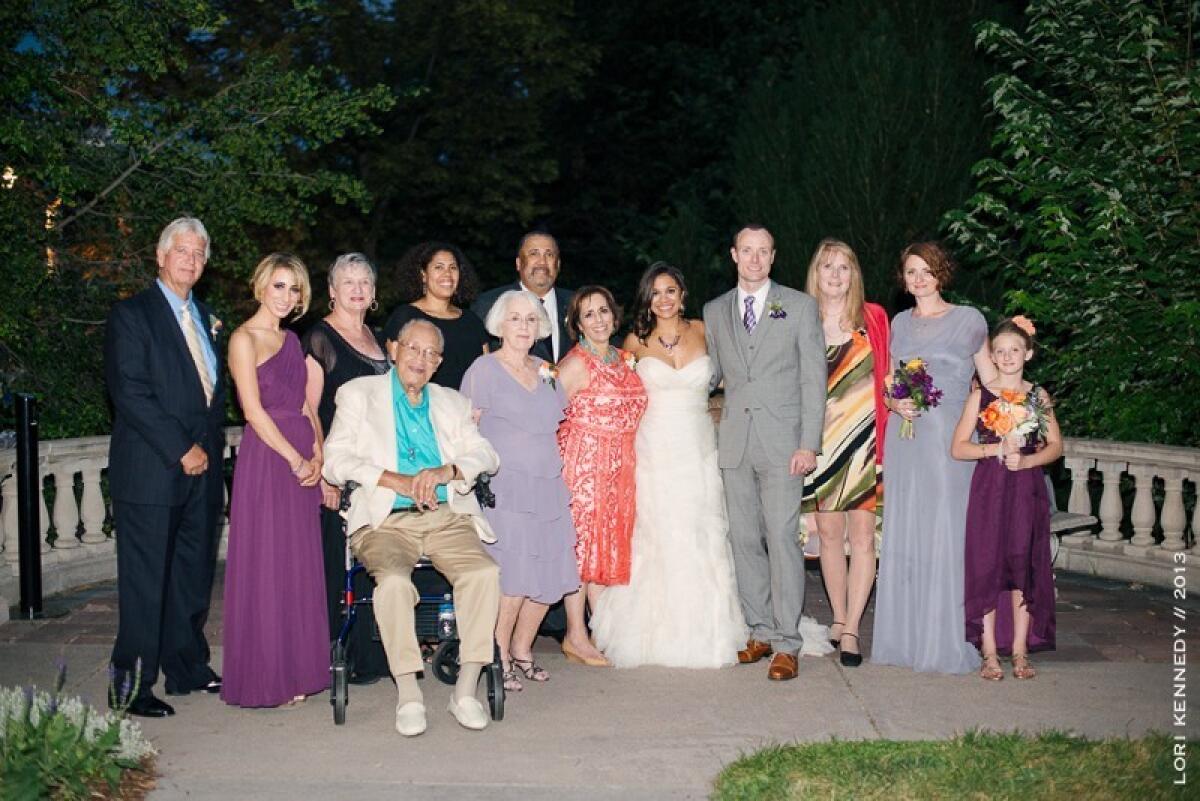
I believe this photo of our family speaks for itself — this family is because of Loving Day, and simply because of love. My father, a black man from Detroit, and my mother, a white, Jewish woman from the San Fernando Valley, met and fell in love in Los Angeles in the 1970s. Every day, I am forever grateful for the love my Nana and Papa had for their own daughter that allowed them to love and respect the man she chose to marry. It afforded me a childhood filled with the symbols of our blended cultures, and also the privilege of being unbound by stereotype or hate.
As a married adult, I have even more gratitude for the love of my in-laws, whose open hearts and minds have welcomed me into their family and traditions without question. I am now a frequent participant in their Iowa home town’s Dutch festival parade — decked out in full Dutch costume and a sense of belonging.
I have always known that I was mixed.
— Thomas Lopez, Multiracial Americans of Southern California (MASC) president

I have always known that I was mixed. I can recall sitting in a circle with my elementary school friends saying what our races were and I clearly stated I was half white and half Mexican. I also had a special affinity for the mixed-species Mr. Spock. It didn’t mean that much to me until I entered college at UC Berkeley and became a student activist. For years I participated in the struggle to change the census to allow people to mark one or more races: organizing conferences, workshops, letter writing, etc. We were successful in that mission, but imagine my surprise when I found they didn’t allow mixed Latino identity. In spite of all my efforts to enable millions to acknowledge all their identities, that option was still denied me and likely millions more people.
When it came time to start my own family, I chose a Latina friend whom I’ve known since high school .… We had a daughter shortly after we married but then five years later chose to adopt a child from L.A. County. When we heard our son’s story and saw him as a newborn, we couldn’t say no. When we made our decision at the time, it really didn’t matter much to us what his race was. It wasn’t until we began introducing him to friends and family that we realized the significance of our transracial adoption.
We believe the Loving story is important to understand not only our nation’s past but, more importantly, the future.
— William Schlitz
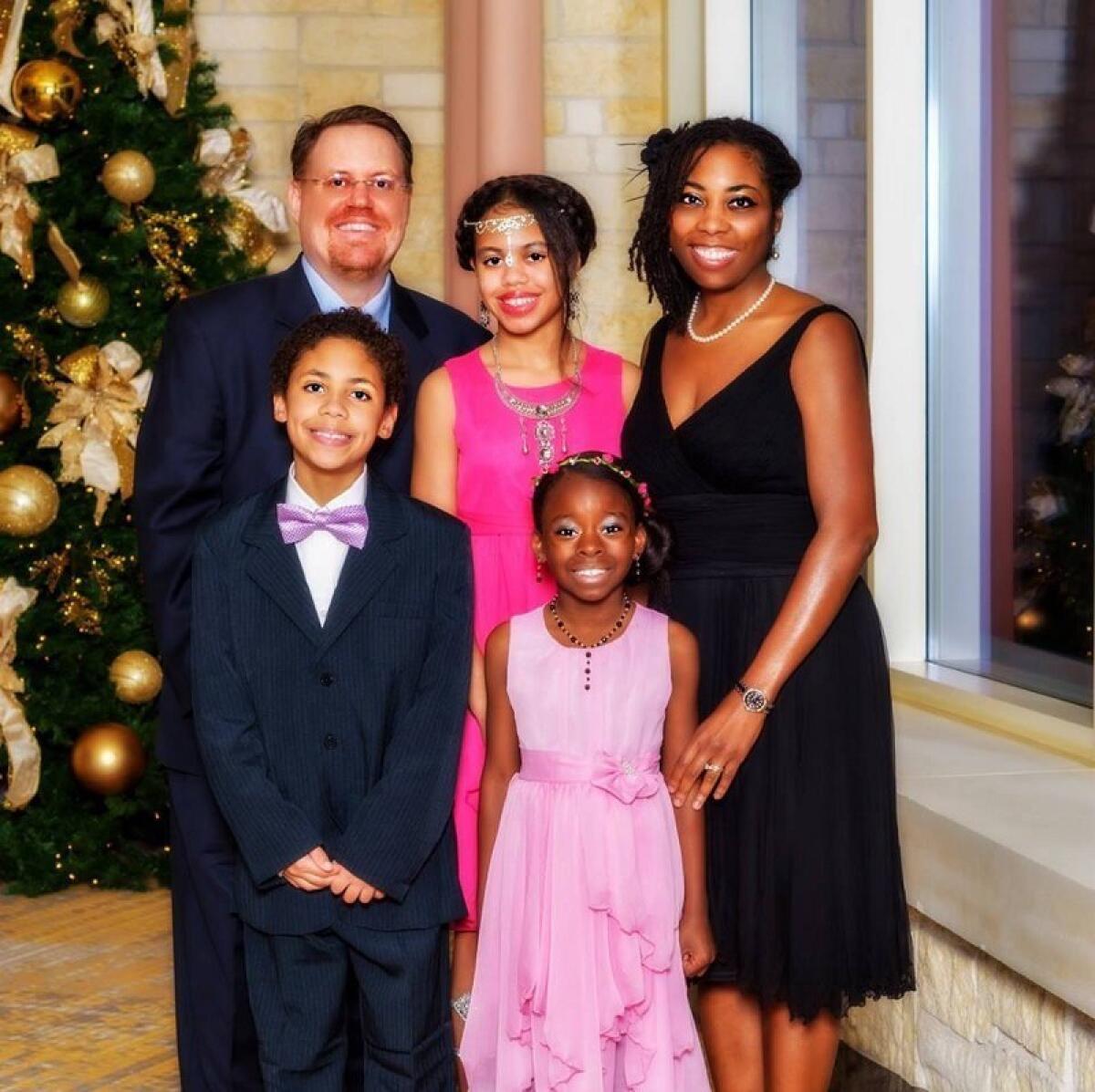
Both of us are L.A. natives but live outside the state now. Met in L.A. and got married there. As children we lived a few miles apart but never met until we were adults. We believe the Loving story is important to understand not only our nation’s past but, more importantly, the future. Happy to celebrate this amazing love story every June.
We’ve all gained so much from their brave romantic venture!
— Sadie McFarlane

Sadly, my loving marriage didn’t work out as well as the Lovings’ — too many cultural differences in our understanding of what marriage means — but my kids have been a brilliant adventure and constant learning experience for me. Seeing what they’ve gone through — including the different opinions, and treatments of them based on their differing skin tones — has given me an unimaginably deeper understanding of what it means to be a person of color in America, or the world. They can visit Jamaica and stay in a town composed almost entirely of their relatives, an experience I never could possibly have provided for them! And it is truly a blessing that there are more and more people with whom they share a diversity of background, and from whom they can learn about each others’ variety of cultures and experiences. The Lovings didn’t have that, but we’ve all gained so much from their brave romantic venture!
They chose each other in love, and they made me.
— Shannon Luders-Manuel, essayist and Topaz Club moderator
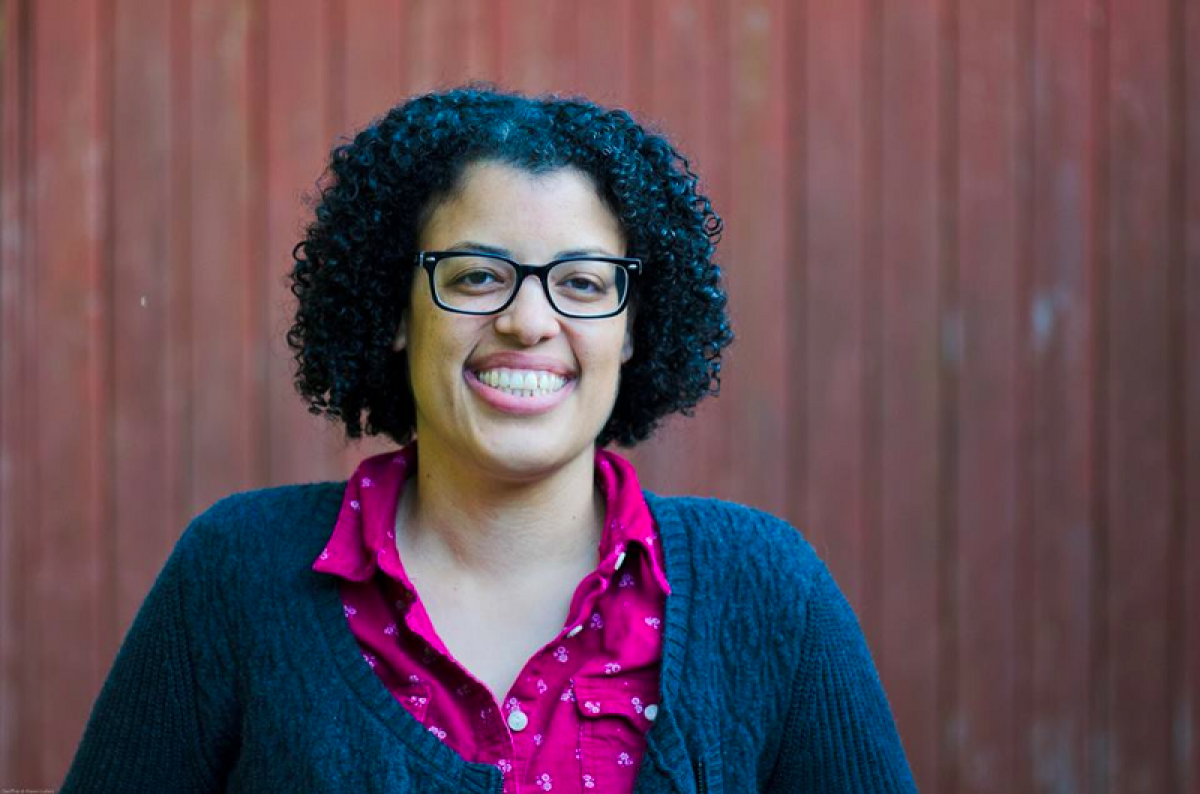
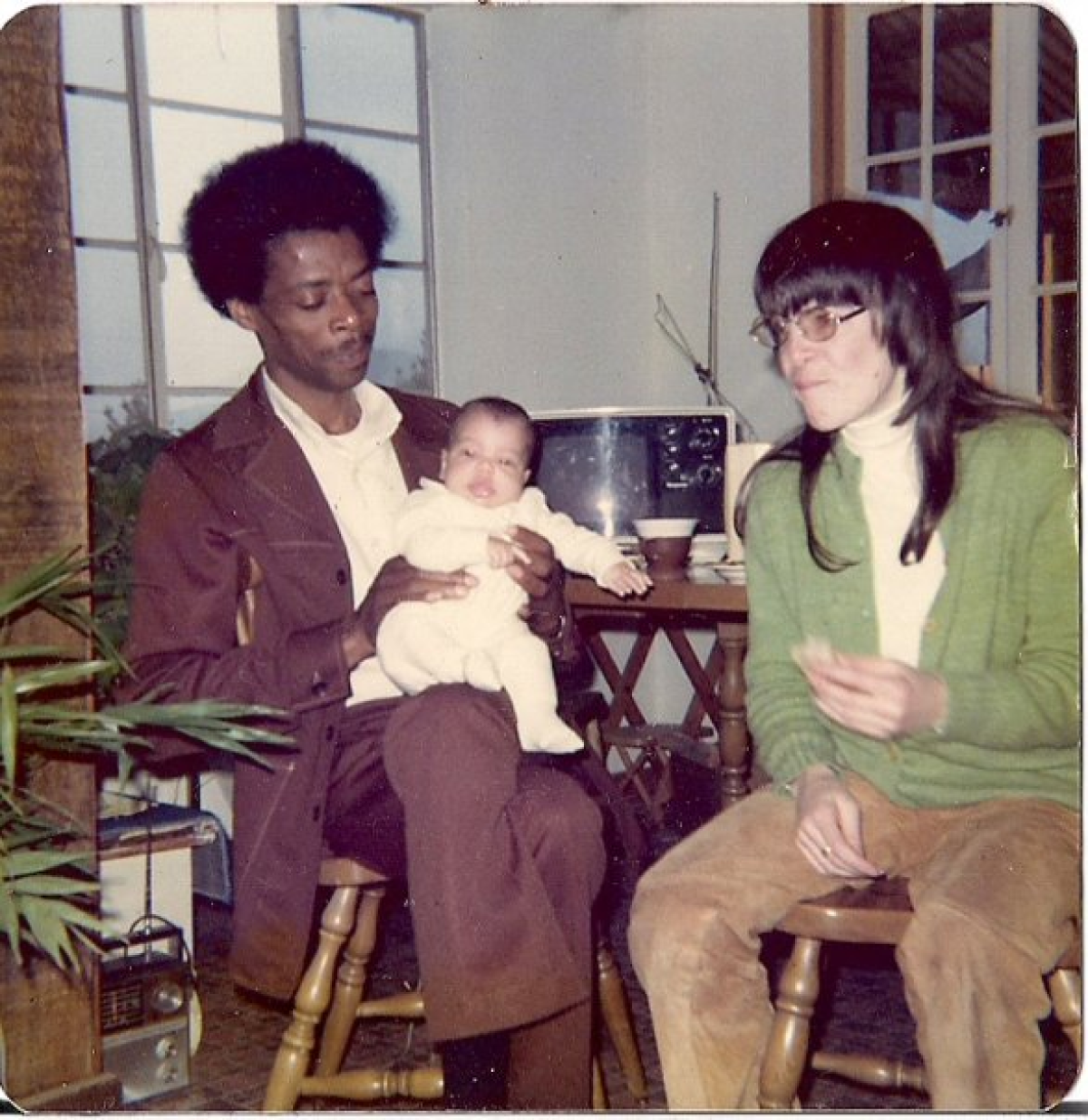
My black father from the Midwest and my white mother from California had a five-year relationship in the ‘70s. For my first two years, we lived in an apartment on Haight Street in San Francisco. The Haight-Ashbury district is known as the birthplace of hippie counterculture, and while my parents weren’t hippies, my little family reflected the growing intermixture of race, class and culture. My parents weren’t the perfect couple and they didn’t stay together. But they chose each other in love, and they made me.
We'd love to hear your story, too. You can share a little bit about what being part of an interracial marriage or multicultural family has meant for you on Instagram or Medium using #myLovingDay.
Tell me your story: @mmaltaisLA
Sign up for Essential California
The most important California stories and recommendations in your inbox every morning.
You may occasionally receive promotional content from the Los Angeles Times.








